#jedburgh
Text
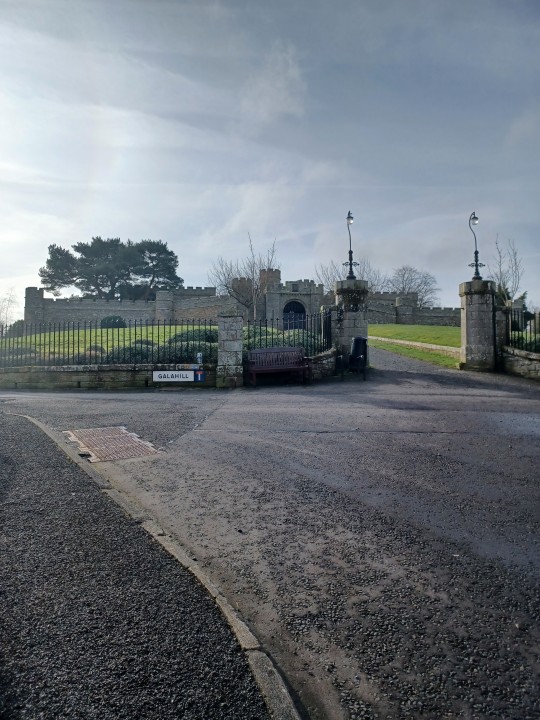
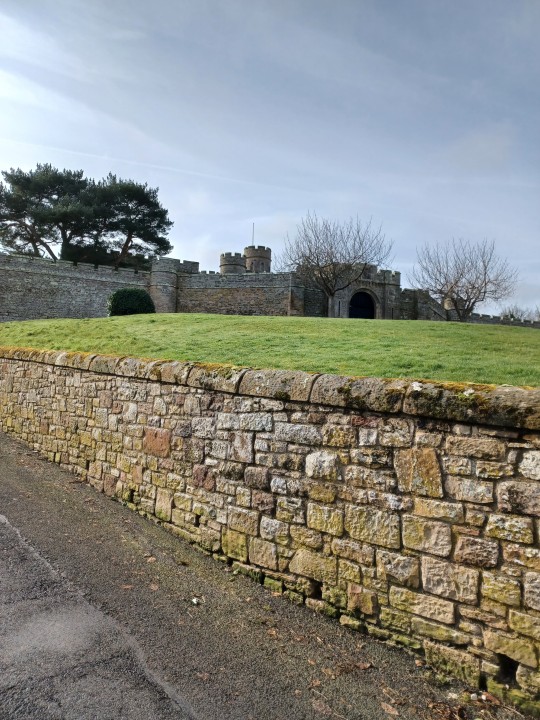



My dad being a bit of a div notwithstanding, my sister and I had a lovely walk by the castle and then along the river this morning.
8 notes
·
View notes
Text
Mary, Queen of Scots is buried in Westminster Abbey not far from her rival cousin, Queen Elizabeth I. Her son became King James I.

Queen Mary's death mask remains on display in Jedburgh, Scotland
#Mary Queen of Scots#death mask#Jedburgh#Elizabethan era#execution#Queen Elizabeth I#rival queens#House of Stuart#House of Tudor#British history#Scottish history#monarchy
45 notes
·
View notes
Text
Scottish Borders - Things to do Part 3. Selkirk, Hawick and Jedburgh
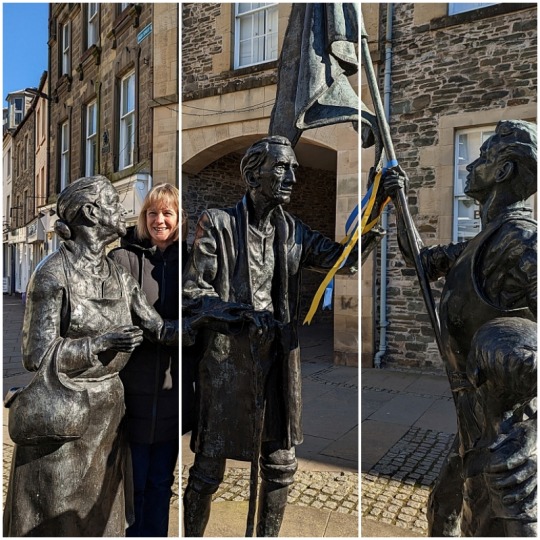
View On WordPress
0 notes
Text
Jedburgh Abbey, Scottish Borders

Jedburgh had been an important religious site for 300 years when the Augustinians arrived in 1138 and built the abbey. David I wanted his new abbey to show his power and authority over the border region – a ‘debatable land’. The abbey still impresses today, almost 900 years later, despite war and weather. The cloister is mostly reduced to stone foundations, but the great abbey church of St Mary the Virgin stands almost complete.
It took more than 70 years to largely complete the building – during which time its status changed from priory to abbey. Architectural fashions changed too – from Romanesque to Gothic.
Set so close to the border, and with its royal castle and wealthy abbey, Jedburgh was a tempting target. It was frequently fought over during the Wars of Independence (1296–1356) and again in the 1400s and 1500s. The end of monastery life came with the Protestant Reformation in 1560.
17 notes
·
View notes
Text
Does anyone know if Mel Gibson & co intended to keep the disturbing incest subtext in that Edge of Darkness remake or was it just accidental? I def assumed that would be dropping that bit but then there was that "You're my girl!" trailer and I started to doubt myself.
youtube
D: D: D:
#edge of darkness#(the film one alas)#surely a British Jedburgh would know how to pronounce Jedburgh? Like the wee old Scottish woman in the original!#'Hello Mr Jedburgh'/'Jed-BURGH!!!'#they took out the black flowers (and gaia in general) and the knights stuff and the hot cell trip so SURELY they also took out the incest??#anyway Edge of Darkness as a Manly Revenge Thriller is not the WORST film but it's not really Edge of Darkness#commit to the full 6 x 50 with The 'Clever Girl' Guy From Jurassic Park and American Jedburgh if you want to watch EoD trust me on this#oh look it's me going on about edge of darkness again#brb going to stand on a mountainside and scream EMMAAAAAAA until i turn into a tree (man-tree not shown in ANY version alas)#YOU HAVE CGI NOW! YOU CAN AT LEAST TURN CRAVEN INTO A TREE!! IT'S A FUCKING CRIME NOT TO!!!!#also were Pendleton and Harcourt meant to be a couple or was that just the effect of my built-in slash-goggles?#Youtube
2 notes
·
View notes
Text
Jedburgh Abbey in Scotland
A ruined abbey where you cant get in the actual ruins at the moment, you would have thought massive 1000+ year old free standing walls were never dangerous. XD...
But it's odd to see a ruined abbey in the middle of a town, usually we find them in fields in the middle of nowhere. but not on this holiday!...
Sadly I couldn’t make it up some stairs (no banister) so I've mixed in some of Tia's photo's too It was a wonderfully clear day, if it was below freezing.
The official website for this place is here.
Enjoy ^_^
Mine:
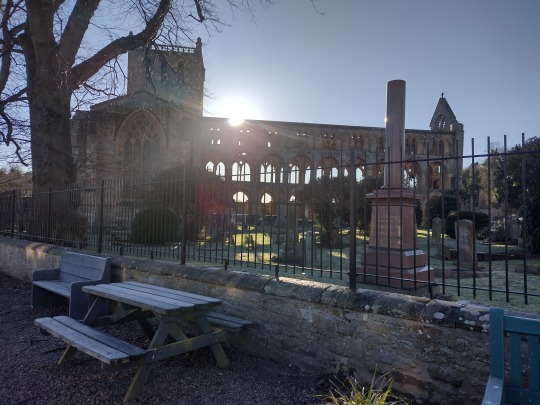
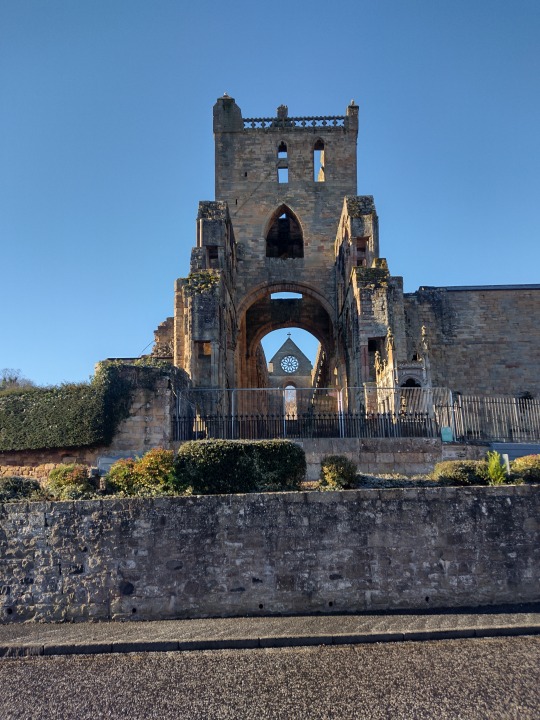

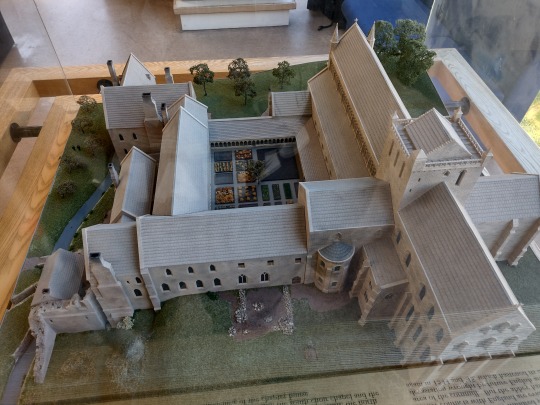





Tia's

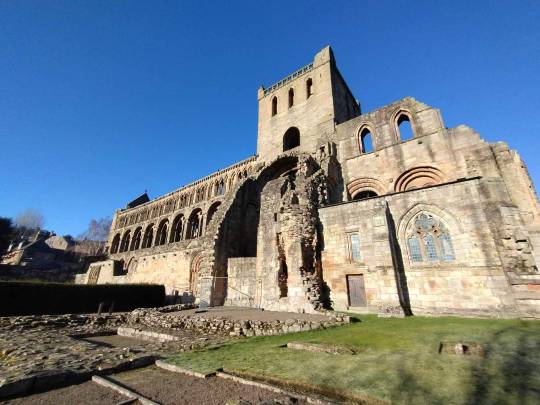

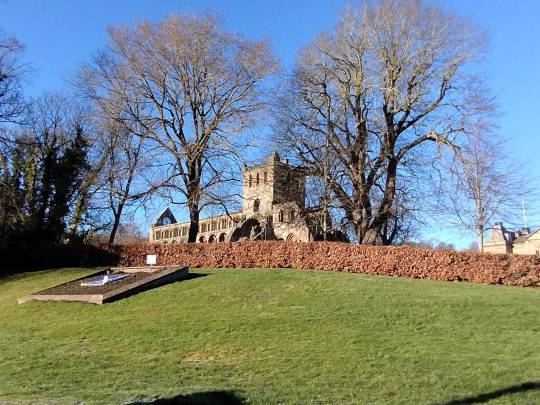
#Jedburgh Abbey#Ruined Abbey#ruins#abbey#1510#historical landmarks#historical#landmark#historical sites#scotland
0 notes
Text
Walking St. Cuthbert's Way
Photos, video and reflections from a beautiful 100 kilometer pilgrimage walk along the Scottish-English border.
St. Cuthbert, by local sculptor Tom Fiddes (2017), blesses the wayworn traveler. The saint stands opposite a country house offering shade and water to weary pilgrims.
They confessed their sins, confided in him about their temptations, and laid open to him the common troubles of humanity they were laboring under … Spirits that were chilled with sadness he could warm back to hope again … Those…

View On WordPress
#Camino de Santiago#Dryburgh Abbey#Genesis 5:24#Holy Island#Jedburgh Abbey#John of the Cross#Melrose Abbey#Northumbria#pilgrimage#Rebecca Solnit#Scottish Borders#St. Aidan#St. Cuthbert&039;s Cave#St. Cuthbert&039;s Way#Venerable Bede#William Wordsworth
0 notes
Text
30th June
Jedburgh Callants

Source: Scotland Starts Here website
At the end of June the Jedburgh Callants Festival takes place. It is a month long dressage and sports event, that attracts high numbers of tourists. Its centrepiece is a ride from Jedburgh to Redeswire by selected costumed horsemen (and women). This is one of the “Borders Ridings” events which usually commemorate the ridings themselves or a battle fought by the riders against invaders. The Jedburgh festival celebrates the defeat of an English raid by the Scots riders in 1575, and is notable for being the last battle in which the Scots deployed archers. A mounted cavalcade also visits Ferniehirst Castle during the festival and halts to honour the Capon Tree, a sole survivor of what was once Jed Forest.
0 notes
Text

If you are searching for the Best Service for Mot repairs in Jedburgh then contact GVG Mobile Auto Repairs. Visit them .https://g.page/r/CWrhJTTzl80oEBA
0 notes
Text
Roman Britain
Hadrian’s Wall
I decided to take a day trip down to see Hadrian’s Wall in the north of England. It was strange: as soon as we crossed over from the Borders, the land grew flatter (but still with periodic hills) and more farmy. I was going to say “less interesting” but considering I’d never seen England before, that seems a rather ballsy or condescending thing to say. Everything is interesting…

View On WordPress
0 notes
Text
Mary Somerville, the world's first scientist.


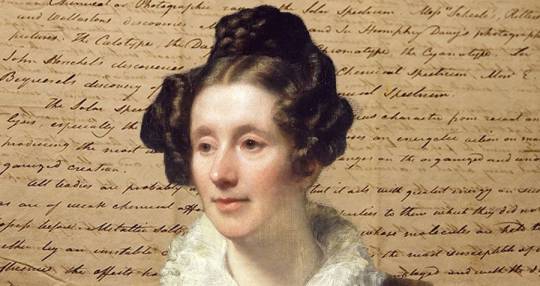

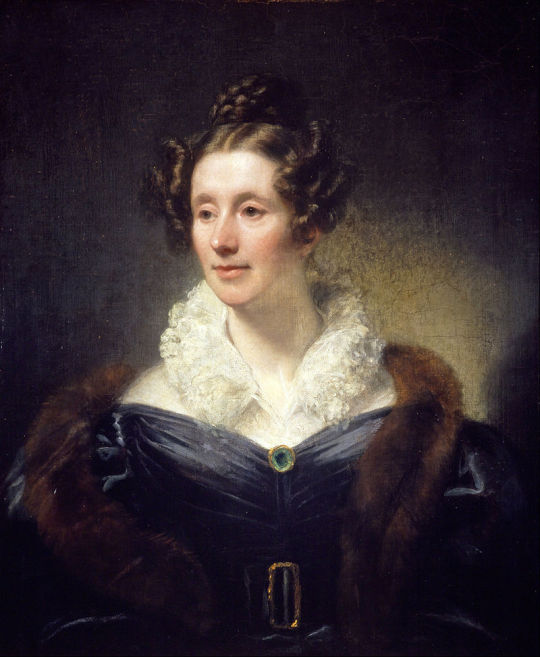
On December 26th 1780 Mathematician and scientist,Mary Somerville was born in Jedburgh.
Before Mary Sommerville came around, the word "scientist" didn't even exist.
When we think of history’s great scientists, names such as Isaac Newton, Galileo Galilei, or Nicolaus Copernicus likely come to mind. The funny thing is that the term “scientist” wasn’t coined until 1834 — well after these men had died — and it was a Scottish woman named Mary Somerville who brought it into being in the first place.
Mary Somerville was an almost entirely self-taught polymath whose areas of study included math, astronomy, and geology – just to name a few. That Somerville had such a constellation of interests, and possessed two X chromosomes, would signal a need to create a new term for someone like her — and scientific historian William Whewell would do precisely that upon reading her treatise, On the Connexion of the Physical Sciences, in 1834.
After reading the 53-year-old Somerville’s work, he wanted to pen a glowing review of it. He encountered a problem, however: The term du jour for such an author would have been “man of science,” and that just didn’t fit Somerville.
In a pinch, the well-known wordsmith coined the term “scientist” for Somerville. Whewell did not intend for this to be a gender-neutral term for “man of science;” rather, he made it in order to reflect the interdisciplinary nature of Somerville’s expertise. She was not just a mathematician, astronomer, or physicist; she possessed the intellectual acumen to weave these concepts together seamlessly.
Somerville was an intellectual giant of her age. In her mathematical and scientific pursuits, she was able to converse confidently with some of the foremost minds in the natural philosophic community (natural philosophy previously having been the name of scientific endeavour). More so, she was able to do this without attending university, instead acquiring knowledge through her own self-teaching abilities.
Growing up in a lower middle-class household in Scotland, she received a basic education — though this was not any more than was expected of a girl at the time. It was only due to her boundless curiosity in the world around her which she cultivated through various countryside excursions, and through reading the books in her father’s private library, that she was given the spark that became a lifelong love of knowledge and explanation.
As her early academic interests, perceived as boyish, were shunned in the household, she was sent to learn needlework and domestic duties (both of which she met with annoyance). She still attempted to keep up with the more extensive education that boys in her town were provided with (and indeed often surpassed them).
As a maturing young woman of 18, she was introduced into society: attending balls and spectacles in Edinburgh and dancing with nobility. She was outwardly renown as a beauty and was married in 1804 to a wealthy physician.
With her free time as a provincial housewife, she now began to study seriously and continued this after she became a widow three years later. She read the works of Newton, Laplace, Lagrange, and others scientific notables.
By her early thirties, she was solving complex problems and publishing her results in philosophical journals of the time. For this she received awards and public notoriety.
An incredible polymath, she was adept in almost all areas of scientific pursuit. Her interests were so multi-varied and her abilities so keen that she was able to become knowledgeable in mathematics, physics, chemistry, geology, geography, and astronomy, as shown in the vast scope of her publications.
Her works On the connexion of the physical sciences’ and ‘Physical Geography remained staples years after her death. She was also able to speak Latin and Ancient Greek fluently. Biographer Renee Bergland claimed that ‘she was no mere astronomer, physicist, or chemist, but a visionary thinker’, and one who surmounted daunting mental obstacles
Beyond purely academic interests, she somehow also found time to push her political beliefs and aided in the fight to improve the rights of women. John Stuart Mill presented Somerville with his 1868 parliamentary petition for women’s suffrage — of which she provided the first signature.
She eventually became an image in her own right, espousing the ability of women to improve their situation through intellectual pursuit — to gain an equal footing with men in that regard would later be intrinsic to suffragist efforts. Even more so in her long list of achievements, she was tutor to another giant of mathematical science: Ada Lovelace, a pioneering force in computer mechanics.
As shown, Somerville’s life encapsulated so diverse a litany of achievement and she should act as testament to the power of knowledge to break down barriers. Her legacy was so great that her name was given to an Oxford College, one that was among the first to allow women to attend the ancient university. Among the names of those who helped push women’s liberation, she must be ranked as one of the foremost, though this is not understate her incredible scientific achievement. Certainly, the true testament to her legacy came in her obituary which read: ‘whatever difficulty we might experience in the middle of the nineteenth century in choosing a king of science, there could be no question whatever as to The Queen of Science.
465 notes
·
View notes
Text



Jedburgh Abbey
113 notes
·
View notes
Text
Loving Her Was Red Moodboards
Lois Drake
Special Operations Executive (SOE)
Born and raised in England
Lois had been hurt far too many times to really trust men again but there was something about the handsome red-haired paratrooper that changed her mind. Maybe, just maybe this time love would be different.

Dick Winters
Lieutenant and Companding Officer of Easy Company 101st Airborne Division
Dick never intended to fall in love, he wanted to concentrate on his training, his company and the war. That was until Lois Drake strolled into his life and completely changed his view on the world.

Kate Blythe
Special Operations Executive (SOE)
Kate is Lois’ best friend. She is fully of life, fun loving and wears her heart on her sleeve. Despite Lois being far more reserved they get on like a house on fire. Kate’s keen eyes soon catch sight of Donald Malarkey who soon wins over her heart too.

Raoul Ambroise
French Resistance
Raoul is partnered with Lois and Ray for Operation Jedburgh. They parachute into occupied France on D-Day to assist the allies. His family were murdered by Nazis and his wife was taken prisoner by the Nazis.

Ray Clarke
American Agent
Ray is partnered with Lois and Raoul for Operation Jedburgh. They parachute into occupied France on D-Day to assist the allies. Ray has a sweetheart, Barbara, waiting for him back home.

#loving her was red#band of brothers#dick winters x reader#dick winters#dick winters x oc#band of brothers oc#Lois Drake#Ray Clarke#Raoul Ambrosie#Kate Blythe
17 notes
·
View notes
Text
"Weh, put the Christ in Christmas, have a traditional Christmas". Fuck you. before the Puritans banned Christmas in the 17th century, Christmas was like Hallowe'en and New Years had a baby and gave the baby fucking cocaine. People fucking had massive moving street parties where they would fucking get wasted and bully rich people to give them booze and food. People crossdressed, sang the rudest songs imaginable, they hooked up, they played an early version of football which was a fucking riot with a ball involved (they still play it Jedburgh and Orkney at Christmas).
Then the Puritans got into power in England and Scotland and made it illegal to celebrate Christmas, forcing people to go to work and not go to church and because of that, Christmas became a "Family and friends" holiday "for the children" and all wholesome and shit. Part of the reason why Scotland makes a big deal out of Hogmanay was because they couldn't party on Christmas.
So fuck your Hallmark/Christmas Carol bullshit. If you aren't crossdressing with a drunken crowd demanding food from the rich before playing a game of "riotball" you're not having a traditional Christmas.
Forget "putting the Christ in Christmas", bring back the riots.
12 notes
·
View notes
Photo

Thomas Girtin, Jedburgh Abbey, Roxburghshire, c.1793
47 notes
·
View notes